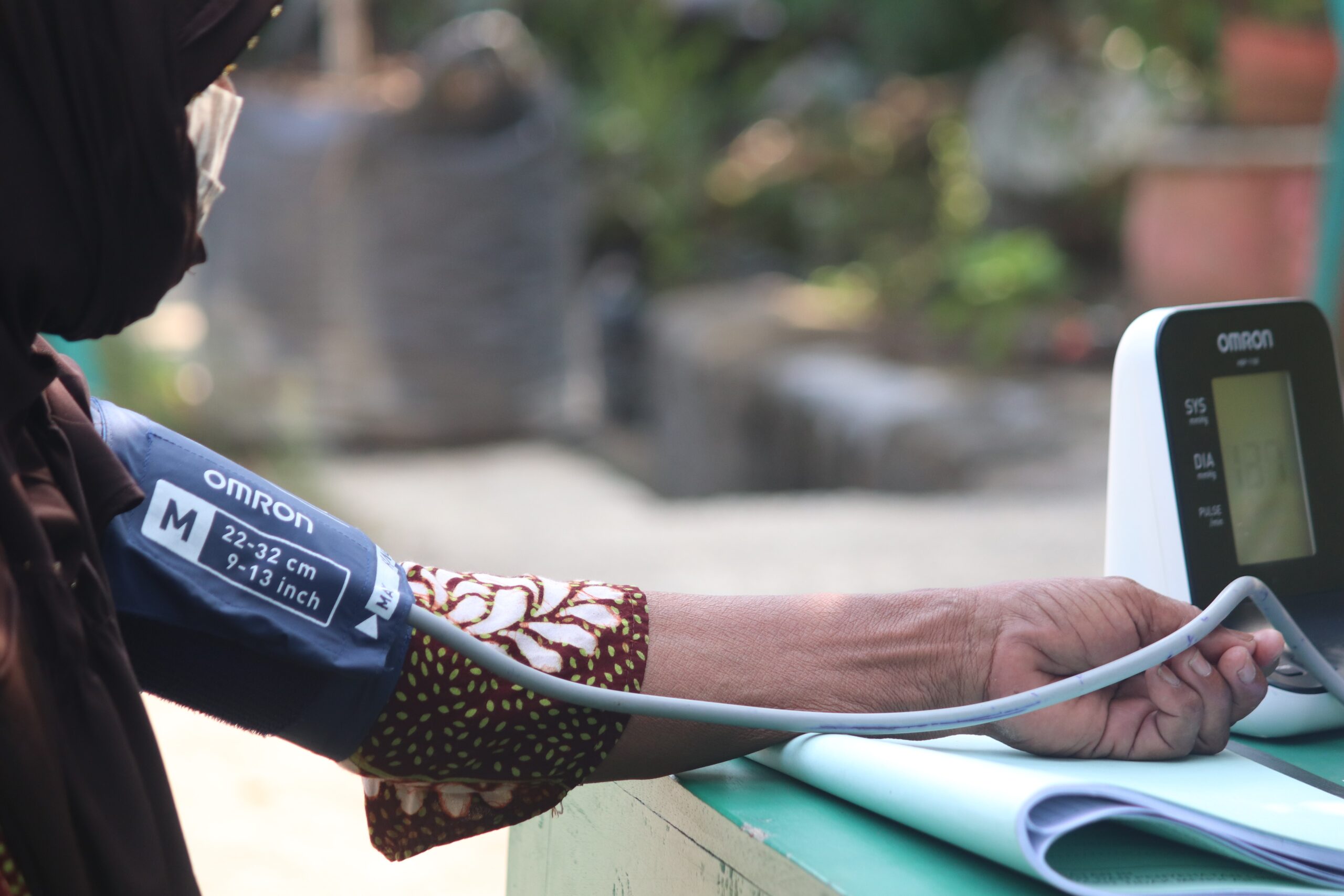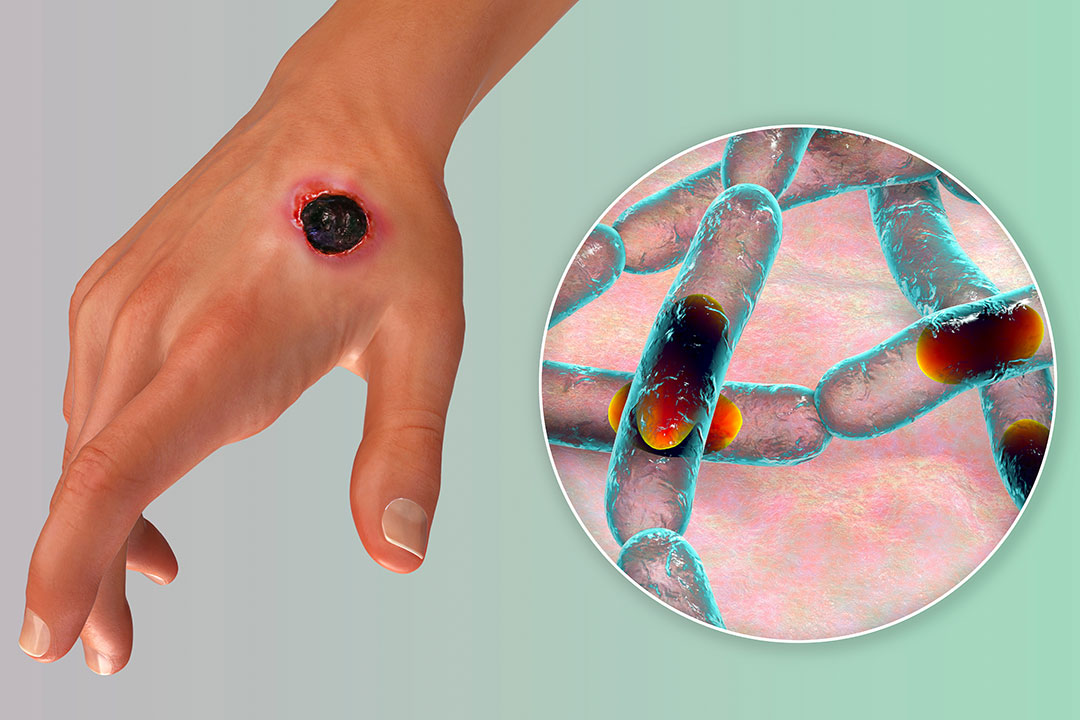Cervical cancer develops in a woman’s cervix (the opening to the uterus from the vagina). According to the World Health Organization (WHO), almost all cervical cancer cases (99%) are linked to infection with high-risk human papillomaviruses (HPV), an extremely common virus transmitted through sexual contact (Oral, Anal, and Vaginal). Cervical cancer is the fourth most common cancer in women. In 2018, an estimated 570,000 women were diagnosed with cervical cancer worldwide and about 311, 000 died from the disease (WHO). Cervical cancer occurs as a result of abnormal cells growing in the cervix. Although most infections with HPV resolve spontaneously and cause no symptoms, persistent infection can cause cervical cancer in women. In addition to tissues in the vagina, cervix, and mouth, HPV is present on the skin in the genital region. The primary method of transmission is skin-to-skin contact.
Many women do not realize they have cervical cancer until it has progressed to the point where symptoms develop. Symptoms are sometimes mistaken as menstrual cycles or urinary tract infections when they do occur. (UTIs).
Symptoms and signs include:
Symptoms of cancer that spread to adjacent tissues or organs include:
How to Diagnose Cervical Cancer
Cervical cancer develops over a long period. The cells in your cervix go through a variety of changes before they become cancerous. The cells in your cervix that were formerly normal begin to appear irregular or aberrant, and these cells may disappear, remain unchanged, or transform into cancer cells.
Most occurrences of cervical cancer can be detected with regular gynecological checkups and a Pap test. A Pap test, also known as a Pap smear, takes cells from your cervix and these cells are examined for precancers and other abnormalities.
If your Pap test is abnormal, you will need more testing. This could involve an HPV test, which is a specialized test that looks for HPV infection in the cells of your cervix. Cervical cancer has been linked to some kinds of HPV infection.
If your healthcare professional suspects you have cancer, they may inspect your cervix and collect a sample of tissue for a biopsy.
Punch biopsy and endocervical curettage are two methods that can be utilized to harvest tissue. A wire loop or conization is sometimes used to collect tissues from the cervix for biopsy and if the biopsy reveals cancer, another test will be performed to see if the disease has spread (metastasized). These testing could include the following:
READ ALSO: 7 Natural Things You Should Be Doing To Improve Your Sex Life
The human papillomavirus (HPV virus), a sexually transmitted illness, is responsible for cervical cancers. This virus is transmitted by sexual contact (anal, oral, or vaginal) and has the potential to cause cancer. Most people will contract HPV at some point in their life and be unaware of it since their bodies battle it. If your body does not fight the infection, the cells in your cervix may transform into malignant cells.
HPV vaccination is the most cost-effective measure against cervical cancer. Although there are over 100 different varieties of HPV, two of them (types 16 and 18) are responsible for more than half of all cervical malignancies. They are targeted by the HPV vaccine, and this significantly reduces the risk of developing cervical cancer.
It’s best to acquire immunization before becoming sexually active. As a result, they can be taken by youngsters as young as nine years old. To protect themselves from HPV, experts recommend that boys, girls, and women obtain the HPV vaccine between the ages of 11 and 26.
Over the period of nine months, the vaccine is given in three doses. Children under the age of 15 years old who begin any HPV series require only two doses rather than three. Although the vaccination is most usually given before the age of 26, it is safe to use up to the age of 45.
All adult women should undergo periodic cervical cancer screening. Screening aims to detect precancerous lesions, which are abnormalities in the cells of the cervix, which, if left untreated, can develop into cervical cancer. When found, precancerous lesions must be treated.
Screening options include:
If the cancer is diagnosed at an early stage, surgery and /or radiotherapy are the primary treatment options and can provide long-term survival and /or cure.
Most advanced cancer cases are usually treated using a combination of both radiotherapy and chemotherapy. A gynecologic oncologist is part of the cervical cancer treatment team (a doctor who specializes in cancers of female reproductive organs). Treatment for cervical cancer is determined by several criteria, including the stage of the disease, your age and general health, and whether you intend to have children in the future.
Radiation therapy kills cancer cells on your cervix by emitting radiation beams. Radiation therapy is divided into two types:
External beam radiotherapy (EBRT) uses a machine outside your body to direct high-powered radiation at tumors.
Brachytherapy: Radiation is delivered into or around cancer.
Chemotherapy (chemo) kills cancer cells by injecting chemicals into veins or taking them by mouth. It enters your bloodstream and can cause damage to cells all over your body.
Cervical cancer is treated with many types of surgery. Here, the goal is to remove the uterus or cervix and other affected areas as well. Your doctor is in the best position to recommend a surgical procedure.
The disease can be cured in its early stages by removing the malignant tissue. Your provider may conduct a simple hysterectomy or a radical hysterectomy in other instances.
A mix of treatments may be used in some cases. Radiation or chemotherapy may be used to treat cancer that has spread or returned (recurred). Before or after surgery, your doctor may employ radiation and chemotherapy.

As we commemorate the 2023 World Diabetes Day with the theme “Access to…
READ MORE
Hypertension is a chronic medical condition characterized by the prolonged elevation of blood…
READ MORE
On 17 July 2023, The Federal Ministry of Agriculture and Rural Development (FMARD)…
READ MORE